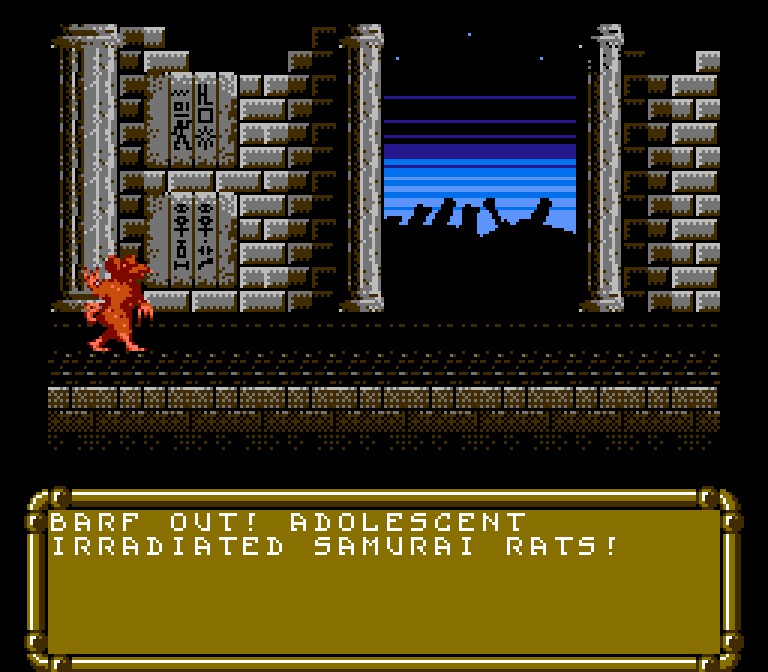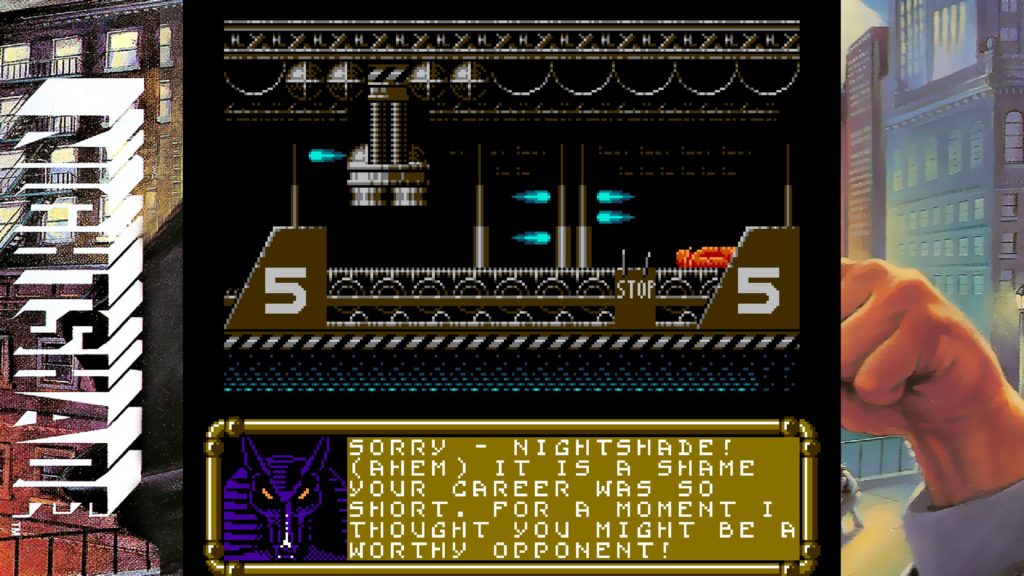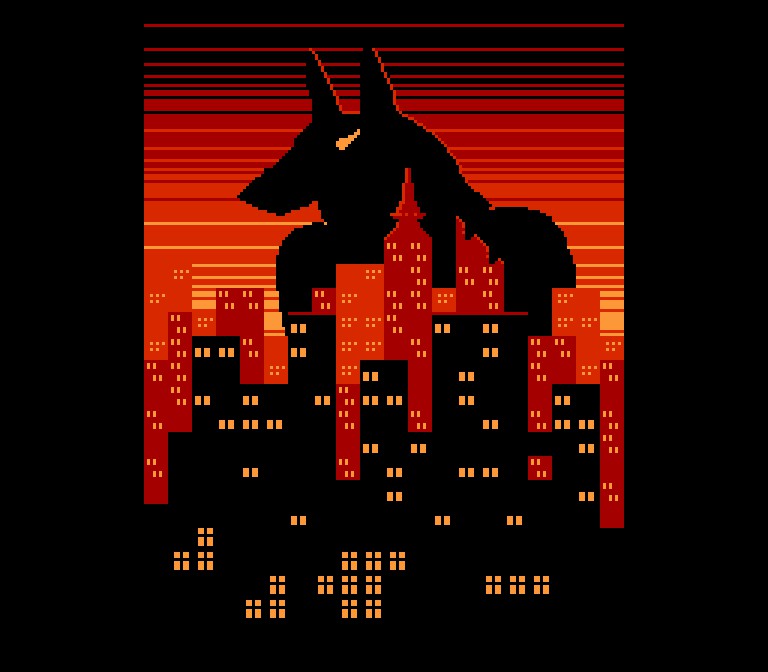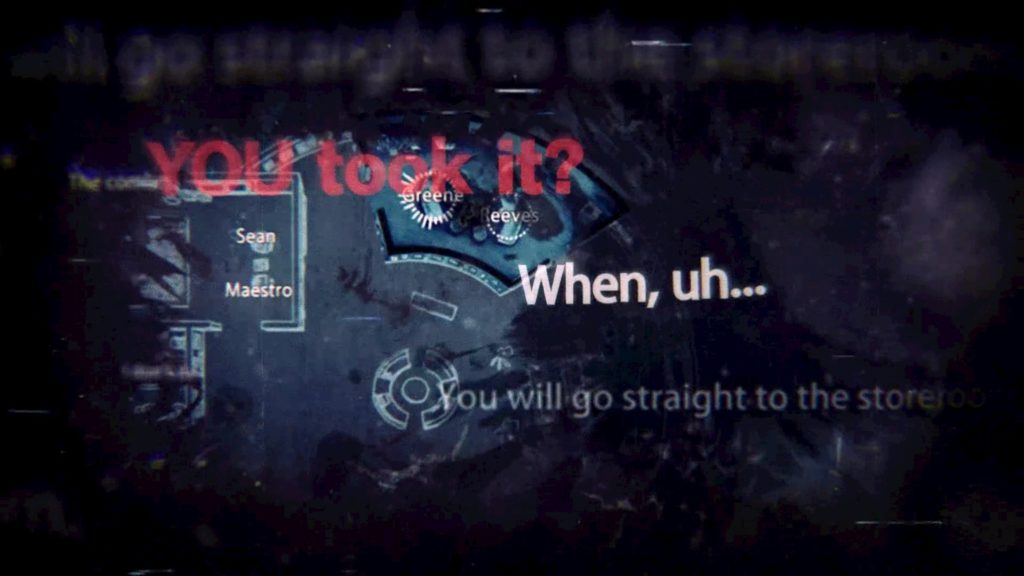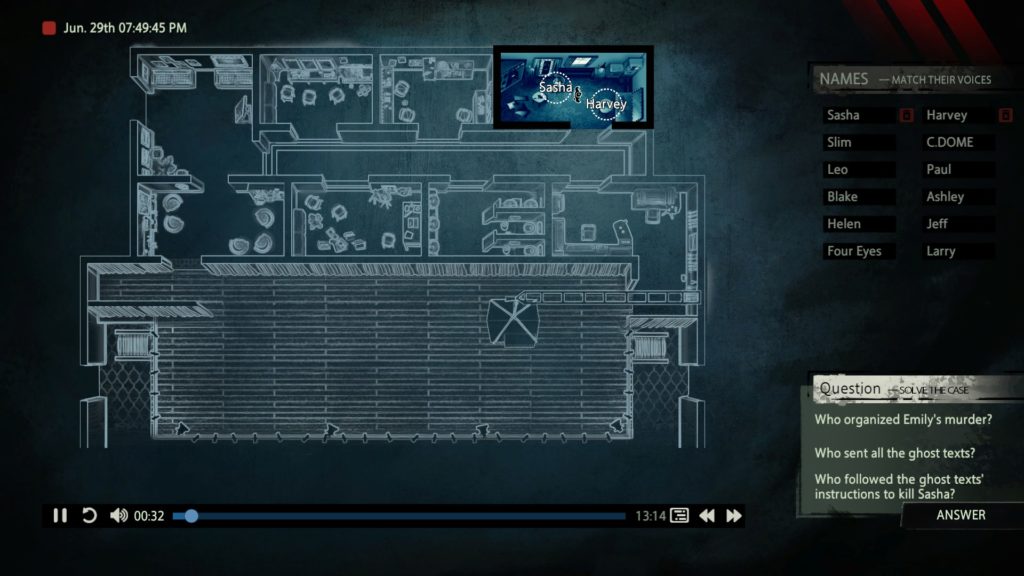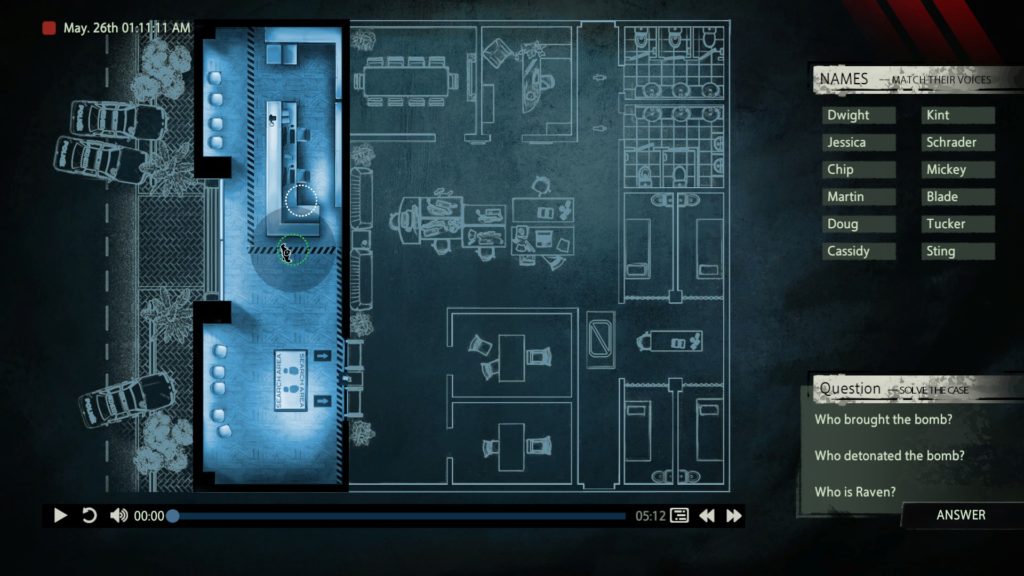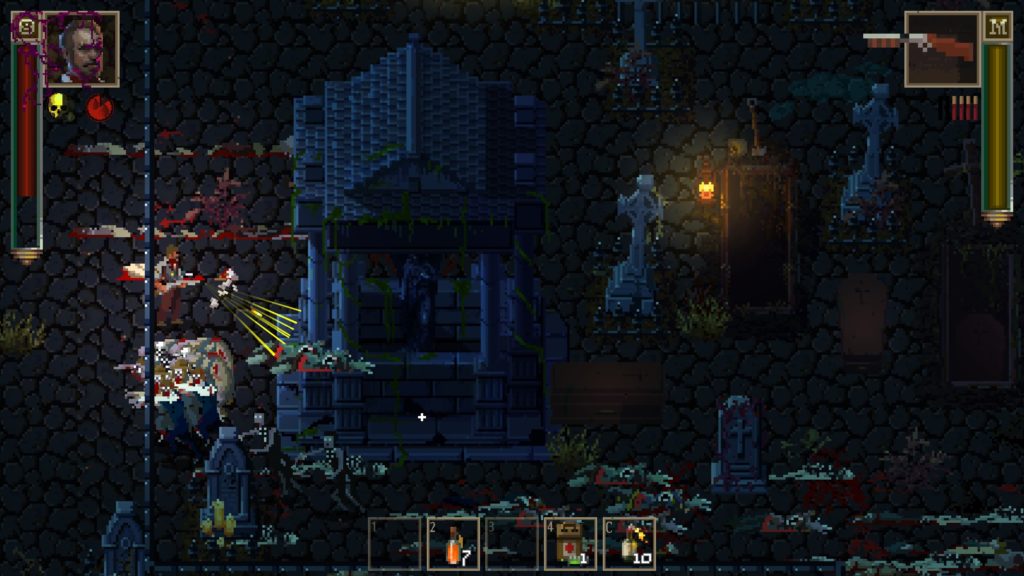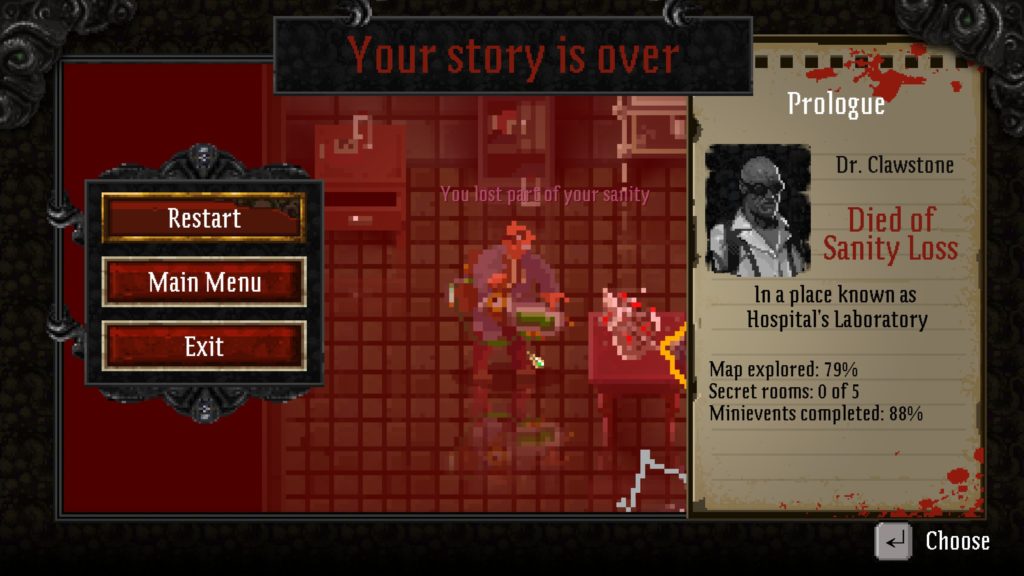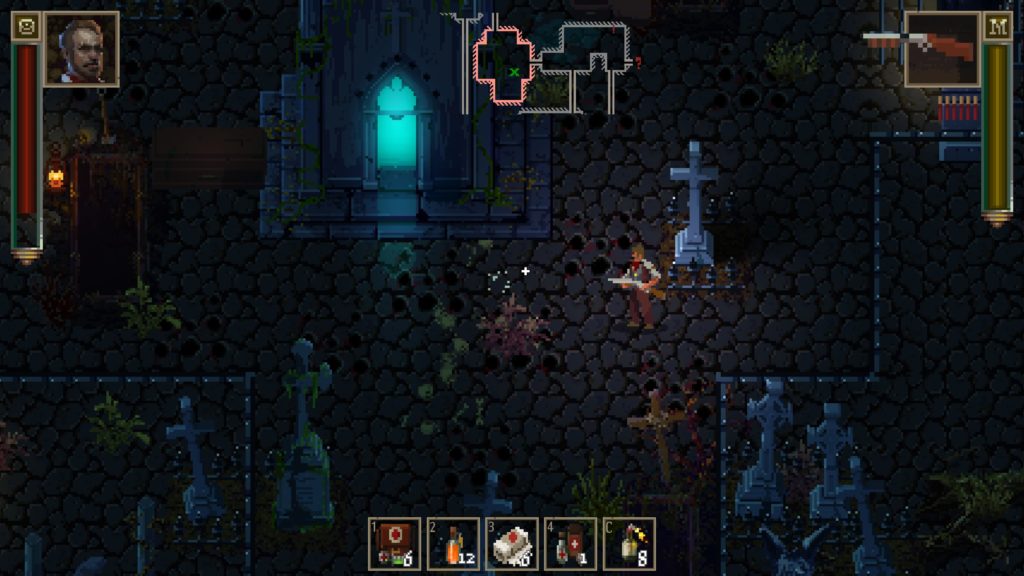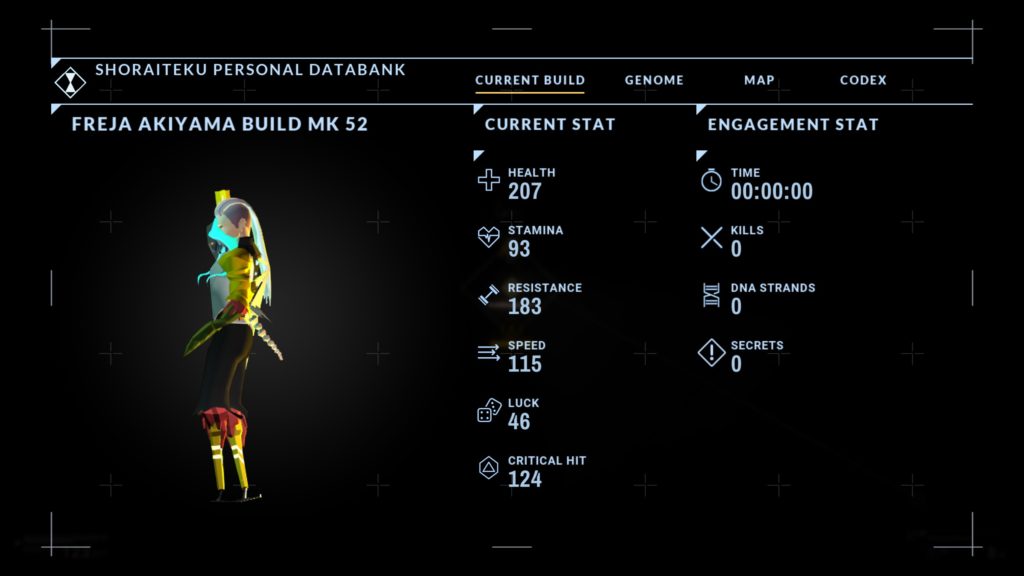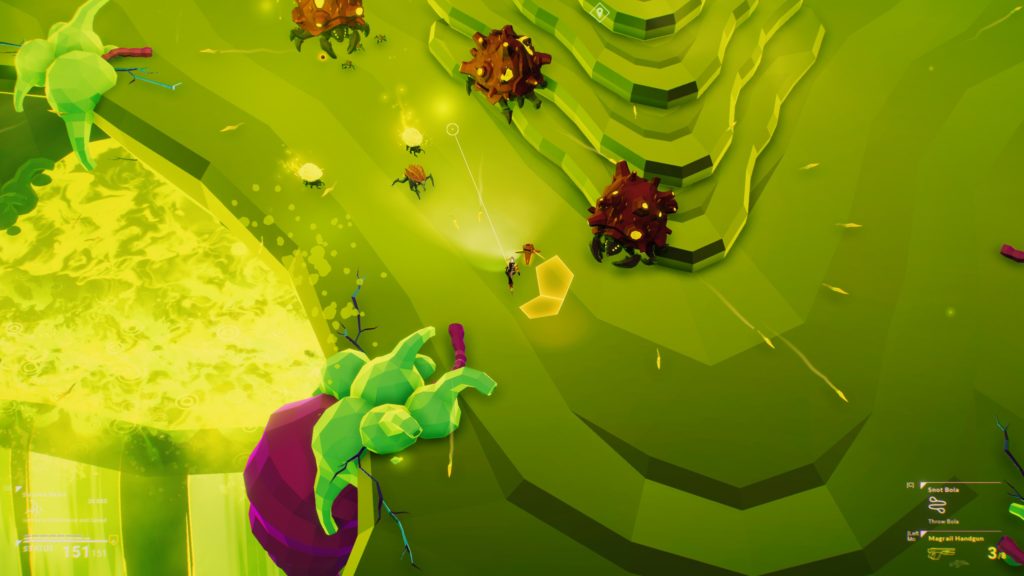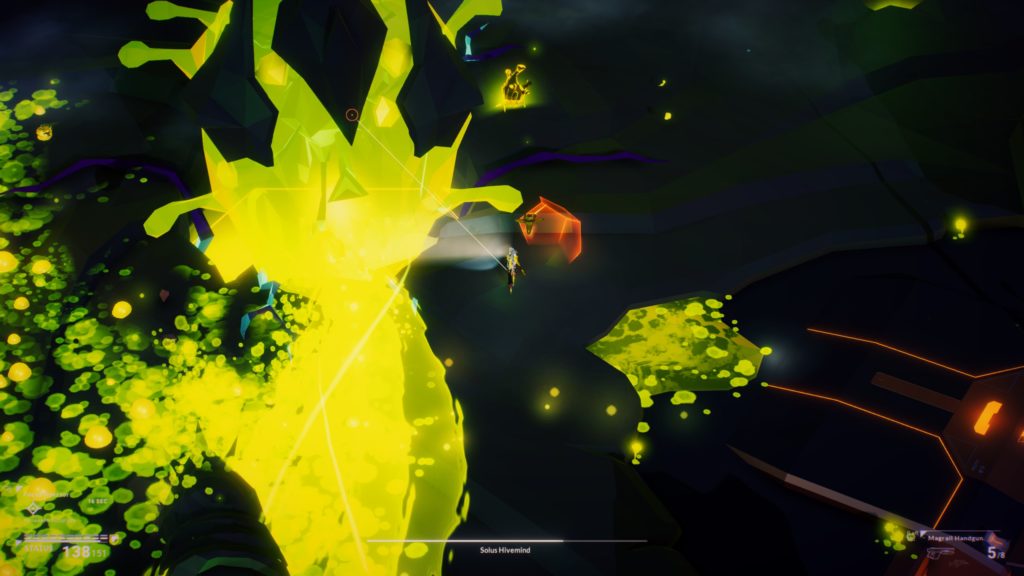Risk of Rain 2 (Early Access Review)

Source: Cashmoneys
Price: £14.99
Where To Get It: Steam
Risk of Rain, it seems, has made the transition to 3D. And you would think that this could be a very good thing. It could. Right now, though, it’s not really for me.
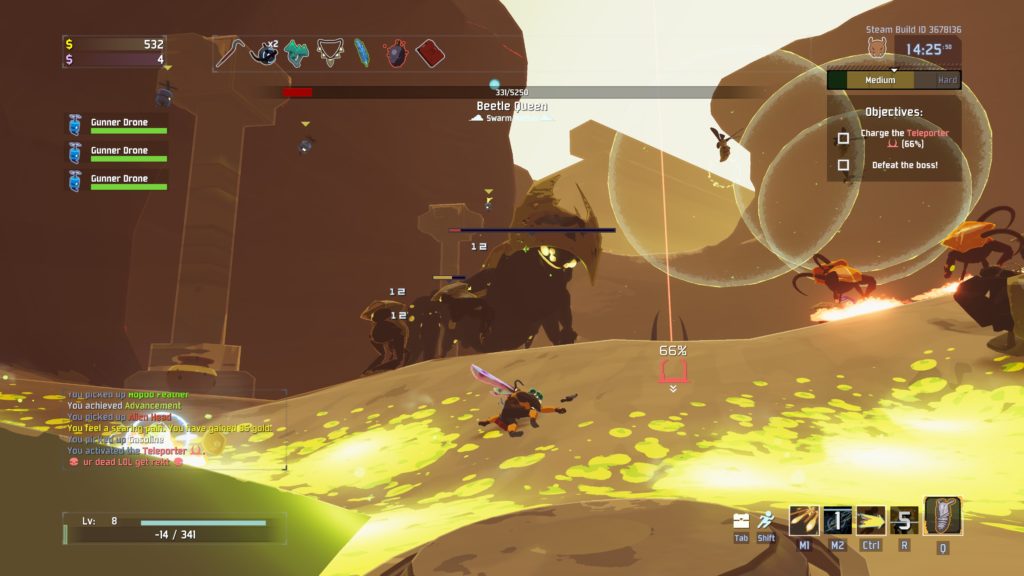
Okay, let’s back up a second. Risk of Rain, the original, had you, one of several unlockable protagonists, trying to make your way back to the prison ship you had been ejected from, through a land filled with teleporting enemies that got increasingly more hostile the longer the run went. It was clever, because it forced you to balance going fast with being prepared, and its bosses were quite interesting. And Risk of Rain 2, essentially, appears to be more of the same, but this time in 3D. So… Let’s discuss that aspect of things.
Some enemies, like the Wisps, have become somewhat easier (to kill, anyway), but, overall, there’s a lot of added obstacles that 3D has brought. For example, in the first Risk of Rain, you generally had attacks from three directions. In 3D, well, that number has quite drastically multiplied, so where, in the original, a horde was theoretically still Not Really A Big Thing (Except in terms of the time it takes to murder them), in Risk of Rain 2, certain hordes make things very awkward for the player. Wisps are a prime example, because, while individually easy to kill, they have sniper like accuracy, and you only have so much dodge to go around to avoid their shots… If you’re aware of them.
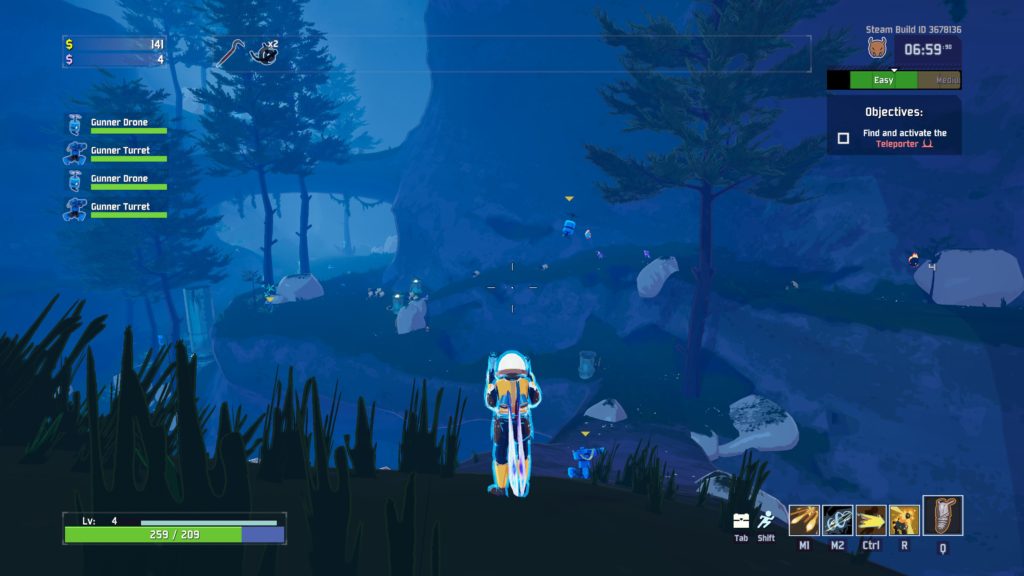
Add in that running is oddly bound (Ctrl, because Shift is dodge. You might want to rebind that), and has a nasty tendency to stop after… Well, anything that isn’t running, really (Especially jumps and dodges), and playing solo has multiple issues. Honestly, snipes and beams appear to be the biggest source of woes here, and it may be a good idea for those to get toned down. Finally, while the teleporter was somewhat visually distinctive in Risk of Rain 1, it becomes much less so in 2, and so time can often be wasted by not actually knowing where the teleporter is, when you’ve run past it several times.
So… Some work is needed. I will say, however, that the worlds of Risk of Rain are actually kind of elegant in 3D, allowing for more kinds of secrets and interesting things to find, that everything except the teleported has translated well visually, and that the sound and music remain as good as the first Risk of Rain. As with the original Risk of Rain, once a run gets going, it’s pretty damn glorious and chaotic, as powerups add things like slowing, burning, detonating on death, giving health orbs on death… A lot goes on, and I feel that sticking with much the same powerups and enemies does give a sense of familiarity that helps ease players of the original into it.
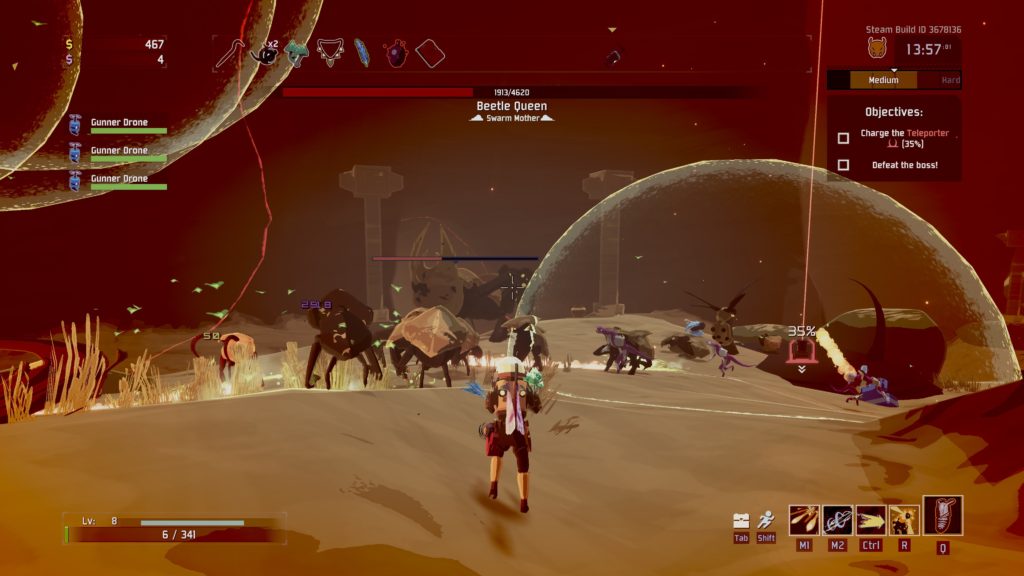
So that, essentially, is Risk of Rain 2 so far. 3D has added challenges, some enemies seem a little more accurate than is necessary, but the basics are down and clearly working. While I haven’t exactly enjoyed it so far, I did enjoy Risk of Rain 1, so I think it may well grow on me as it makes its way through early access.
Before anyone asks, no, The Mad Welshman refuses to “Git Gud.” Beyond hating the phrase, he’s already perfect…


